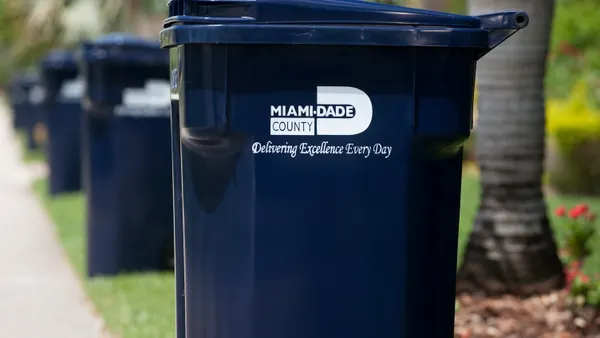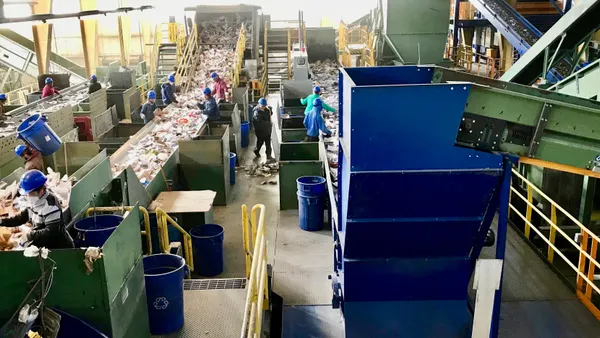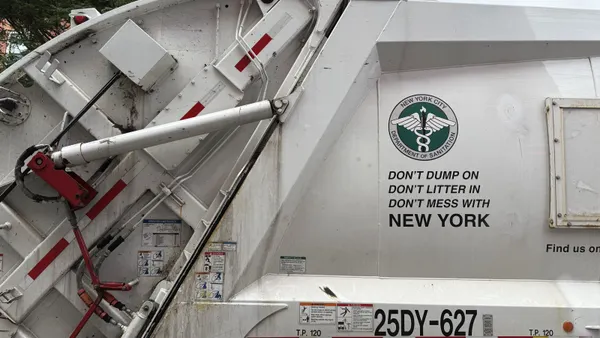Dive Brief:
- A recent University of Hawaii report reveals Hawaii wastes about 26% of its food supply, most before it even reaches consumers. This translates to 356 pounds of wasted food per person per year, at an annual value of $698.36 per person—33.8% higher than the average national cost. The researchers found that 88.4% of that food is imported, explaining why about one-third is wasted before it gets to consumers. The higher dollar figure is also a result of the cost to import.
- To help combat the problem, dietetics students from the University started a state chapter of the national Food Recovery Network (FRN), launched to cut food waste by feeding the hungry. Since last year when it began, the Hawaii chapter has salvaged over 1,000 pounds of food, which has all gone to a local agency to feed the homeless, according to Civil Beat.
- Members and volunteers pick up food from UH Manoa’s resident dining facility, Gateway Café, and the Campus Center making rounds every Friday.
Dive Insight:
Much of Hawaii’s food is going to waste, and at a time when some of its islands are running out of landfill space, while tonnage is increasing and a 2020 diversion goal of 70% looms.
A good portion of the food goes bad in transport, but there is plenty more that can and is being saved through collaboration. Through their work, Food Recovery Network members and volunteers are addressing two big problems: reducing food waste while saving landfill space.
But they also address food security through their collection and delivery of otherwise wasted food—an approach that’s number two on the EPA food recovery hierarchy designed to help municipalities cut food waste in half by 2030.
FRN’s Hawaii Chapter Vice President Joy Nagahiro-Twu wants to do more.
"If you see the amount of people that are out there, I still don’t feel like this amount of food will feed them, so more help is needed," she told Civil Beat.








